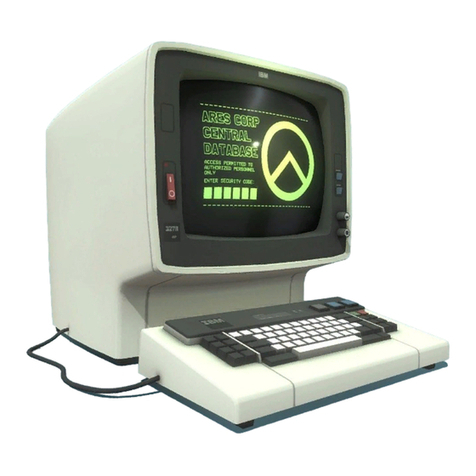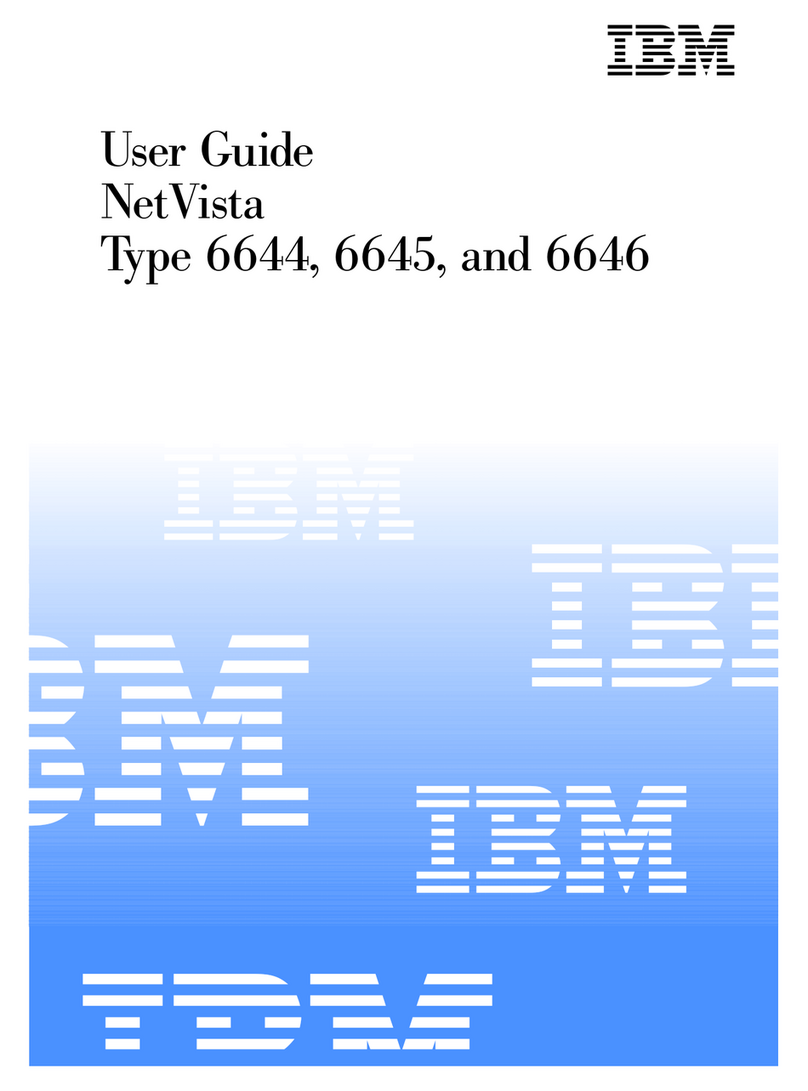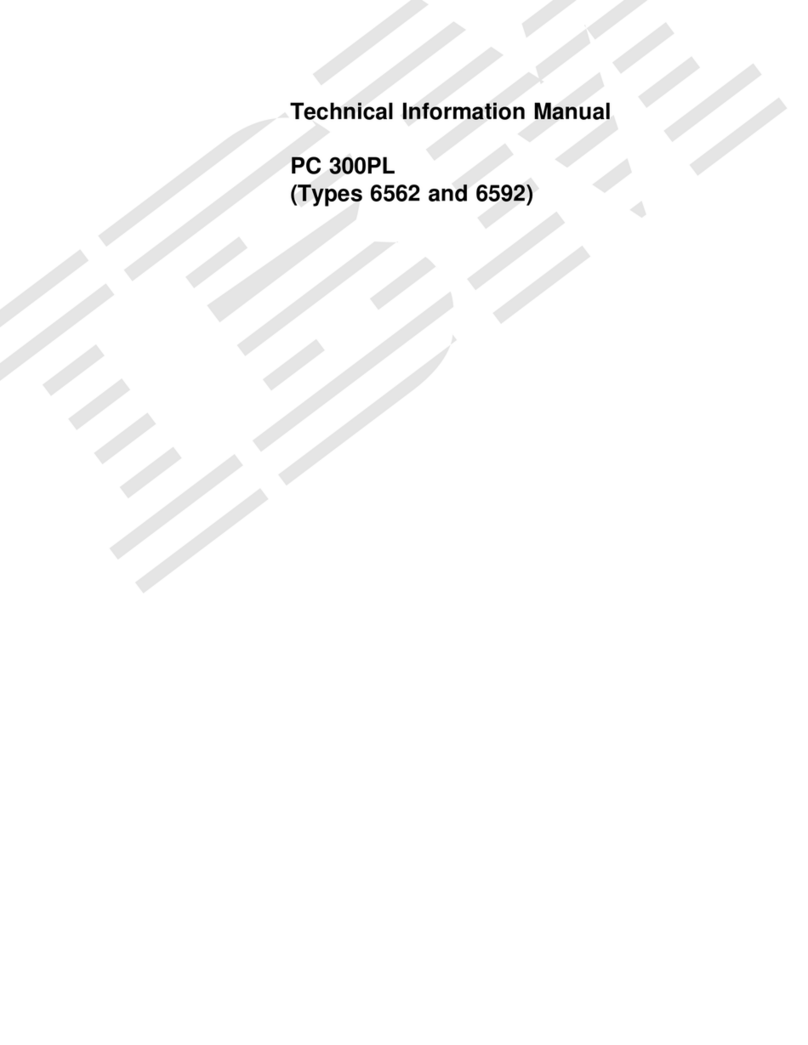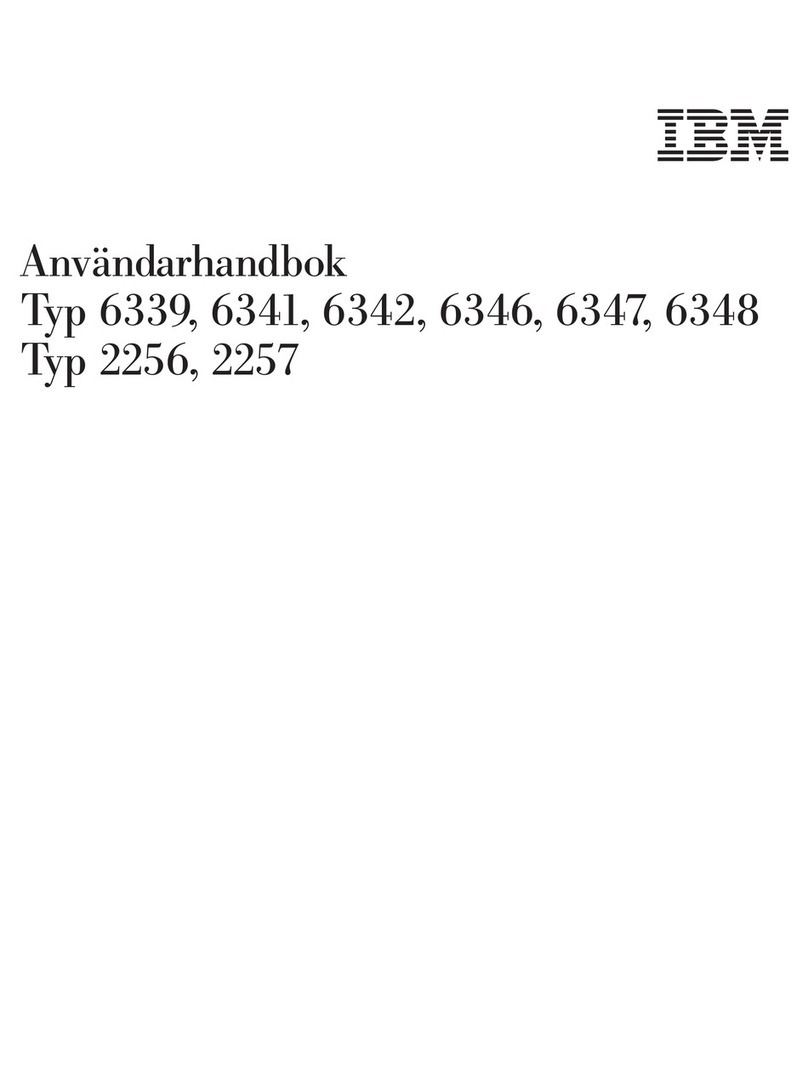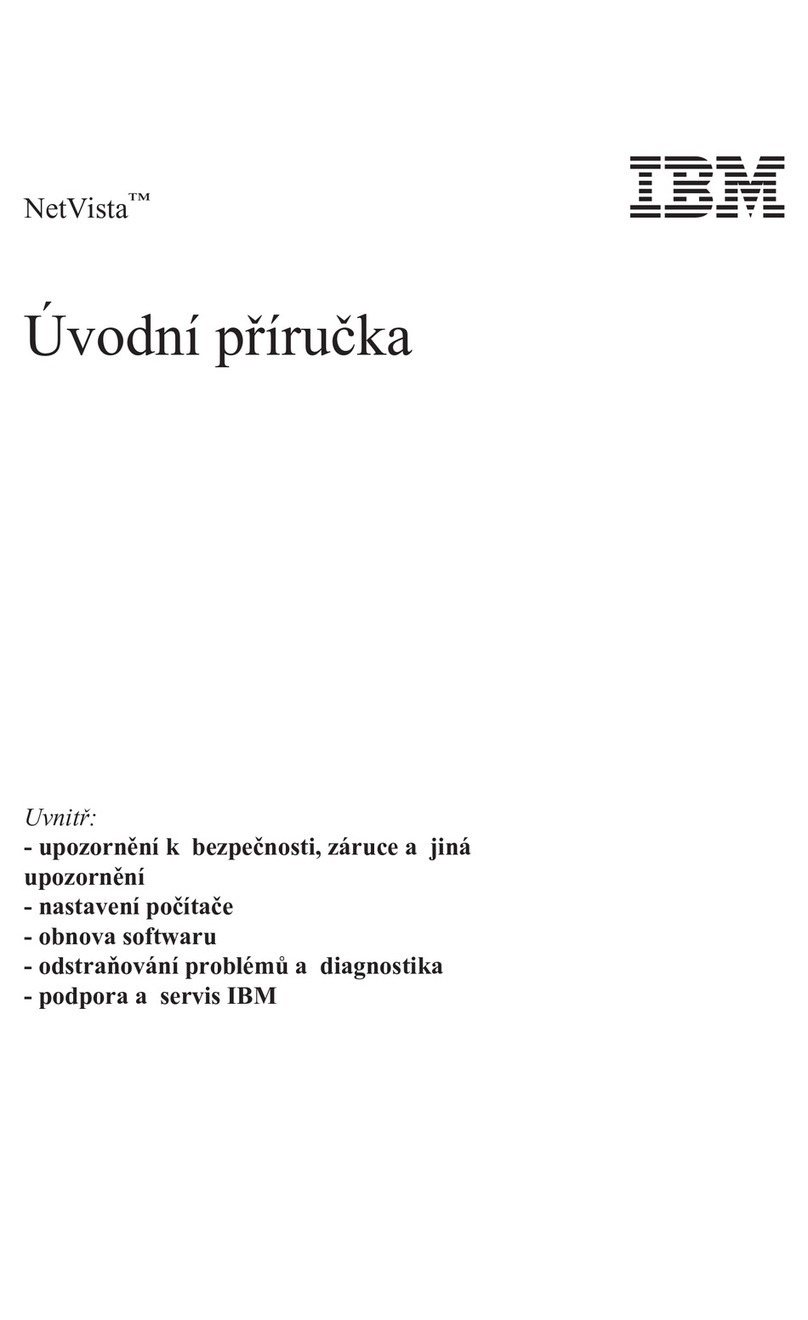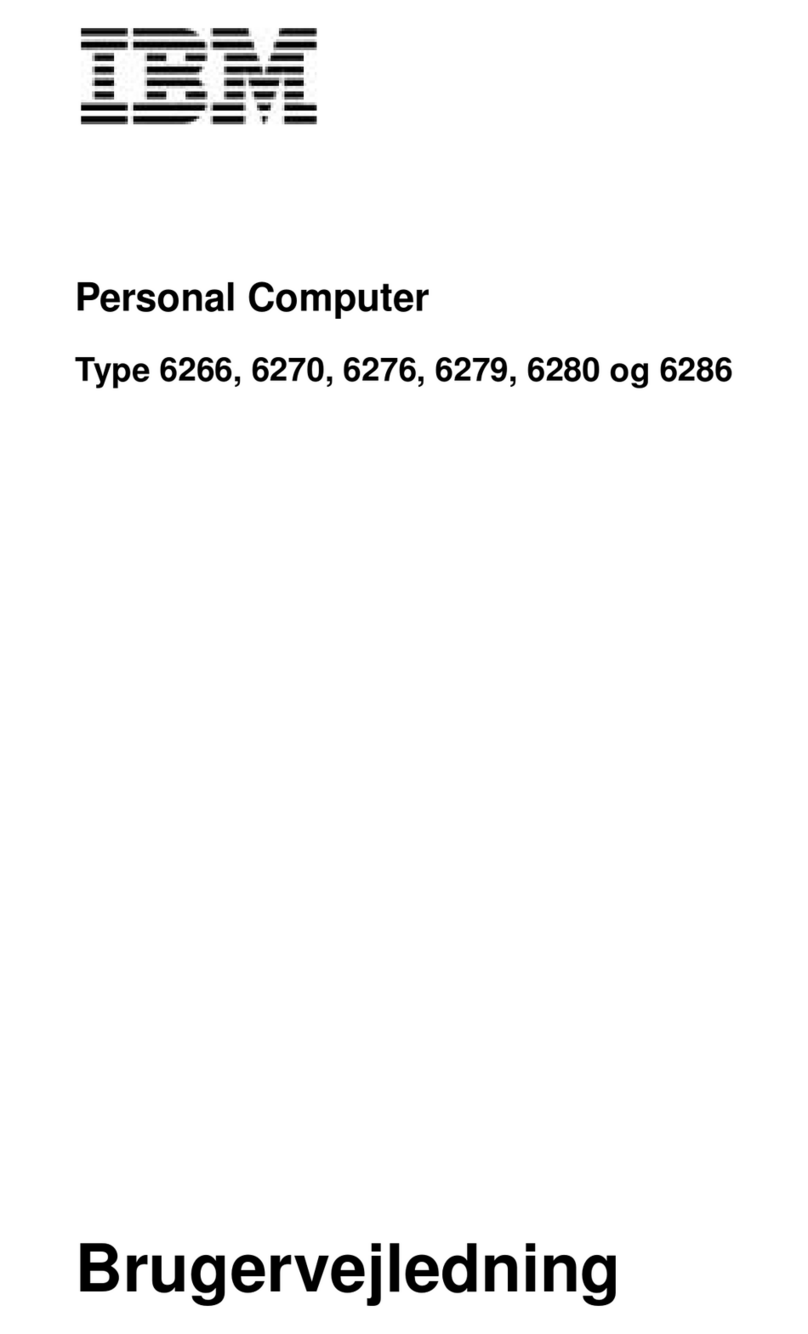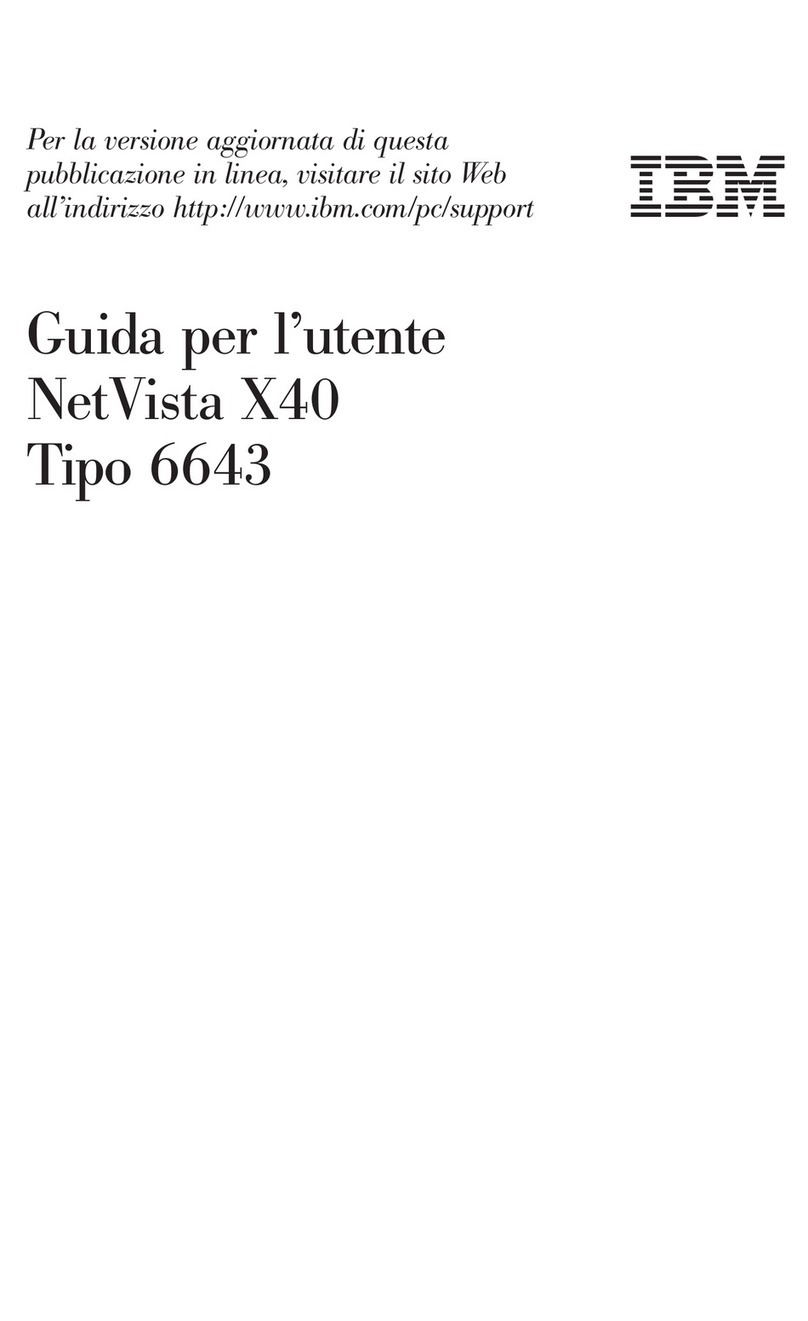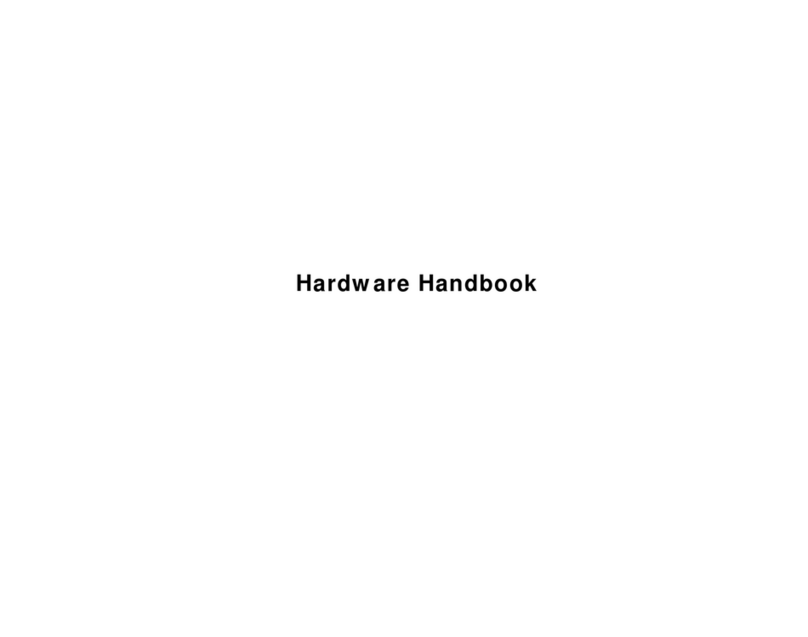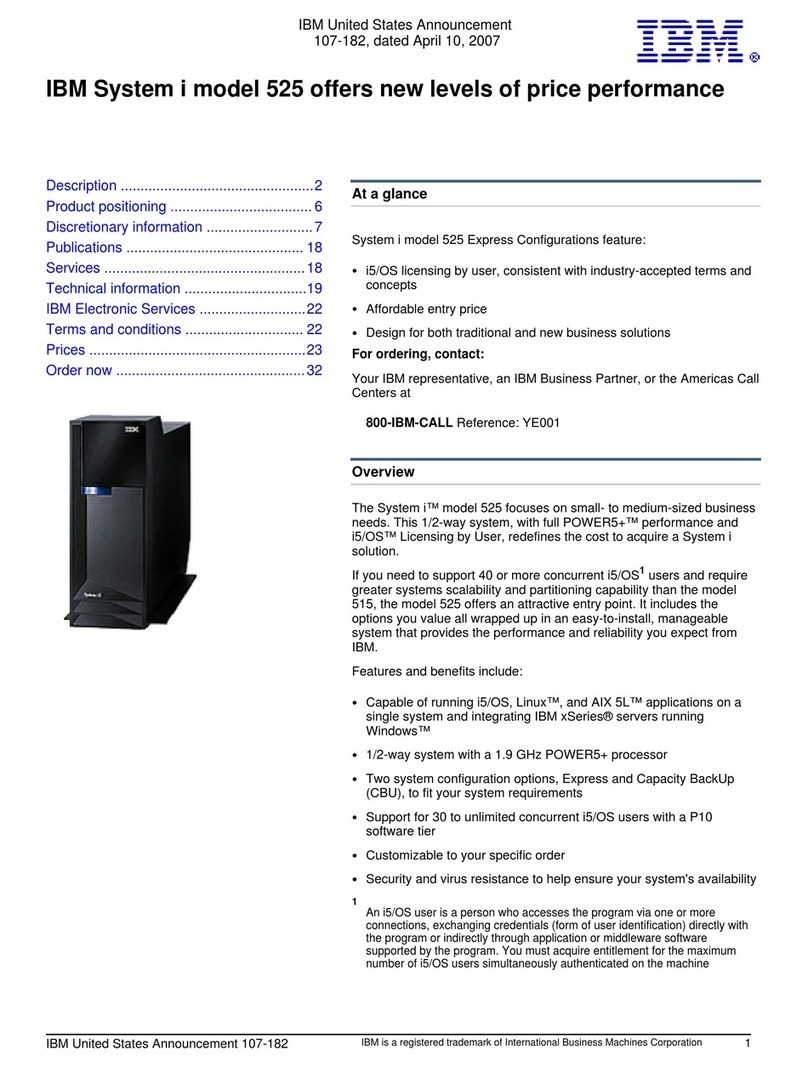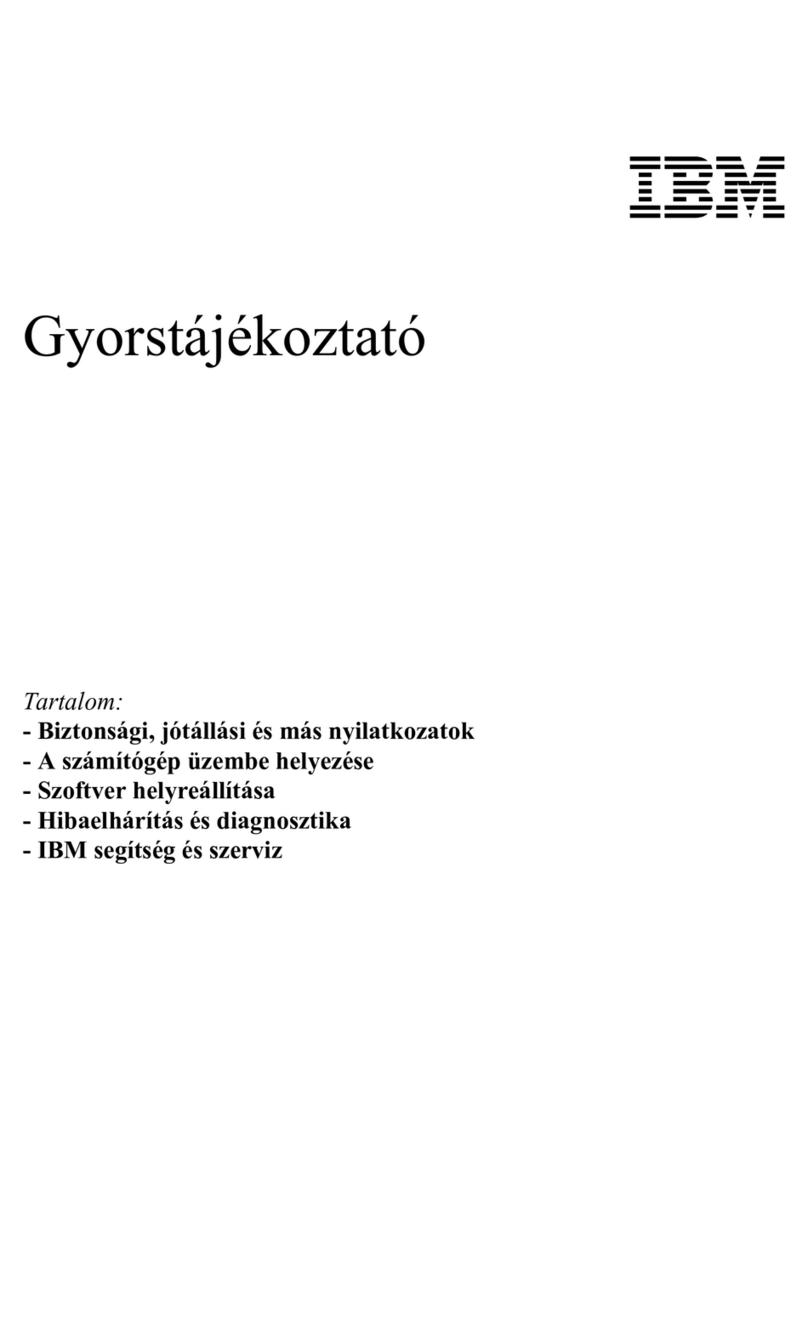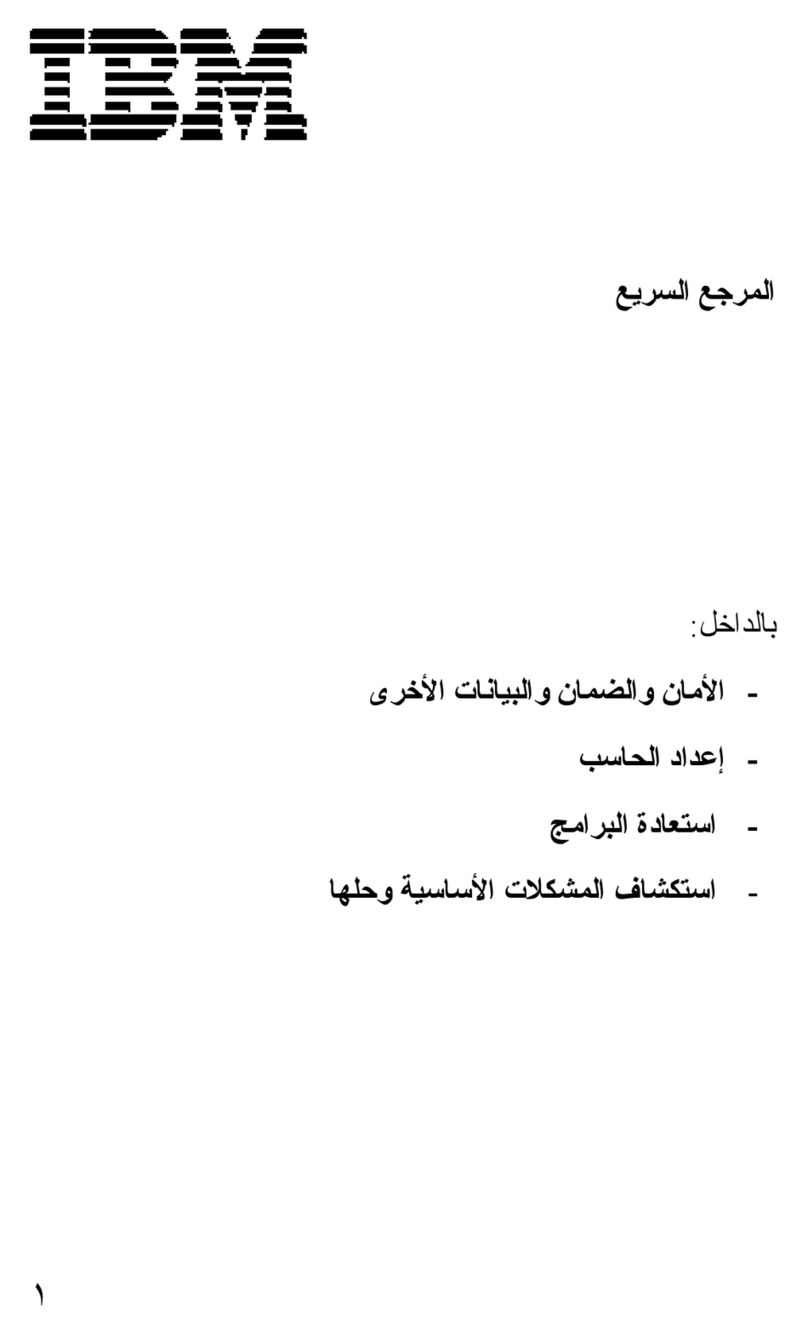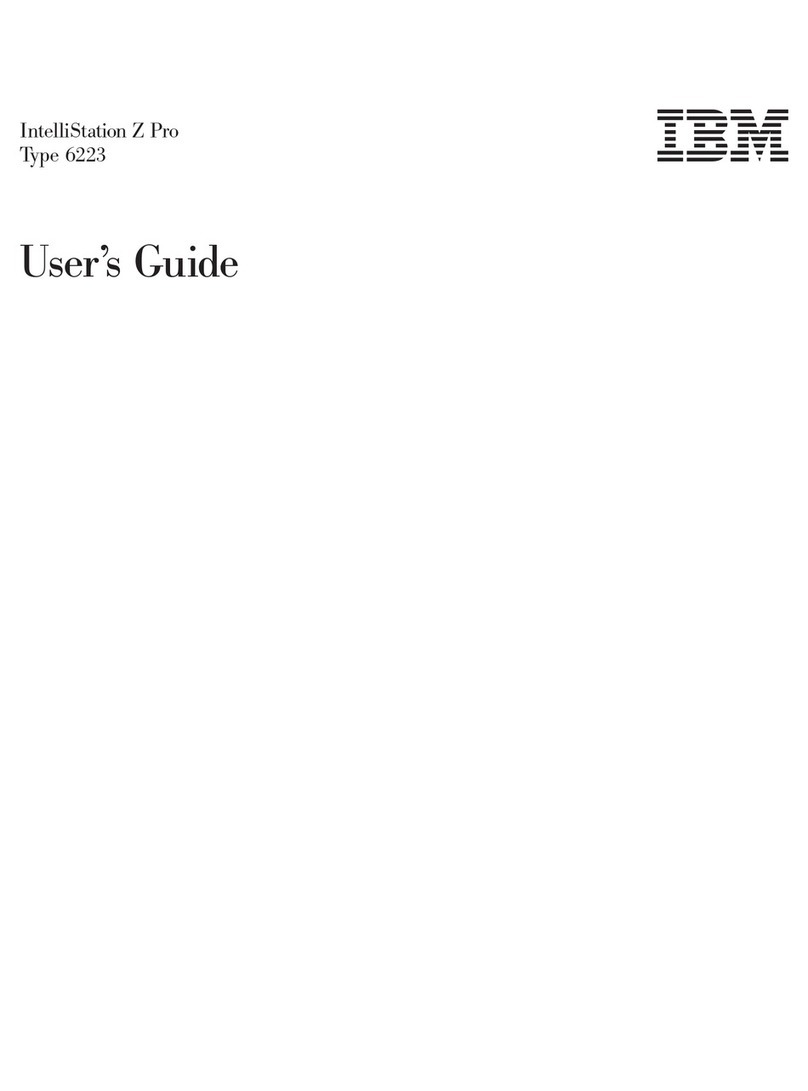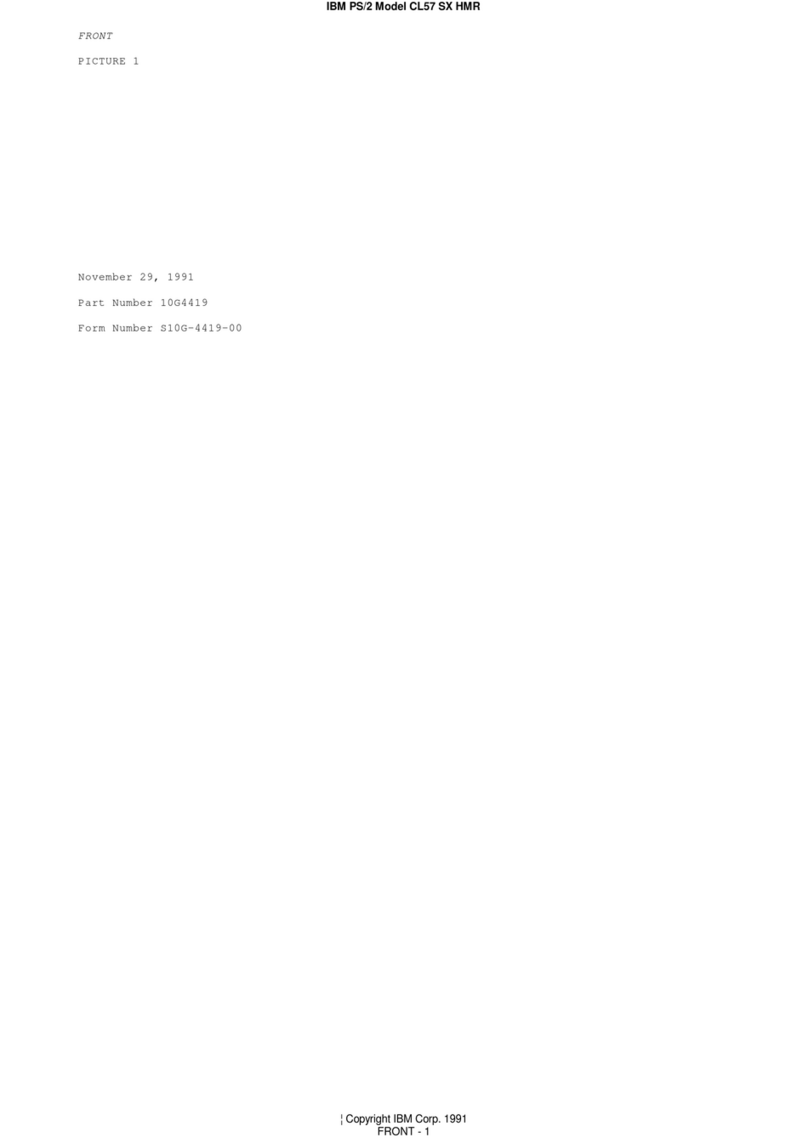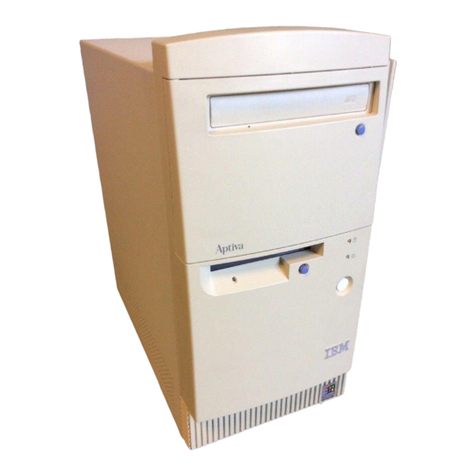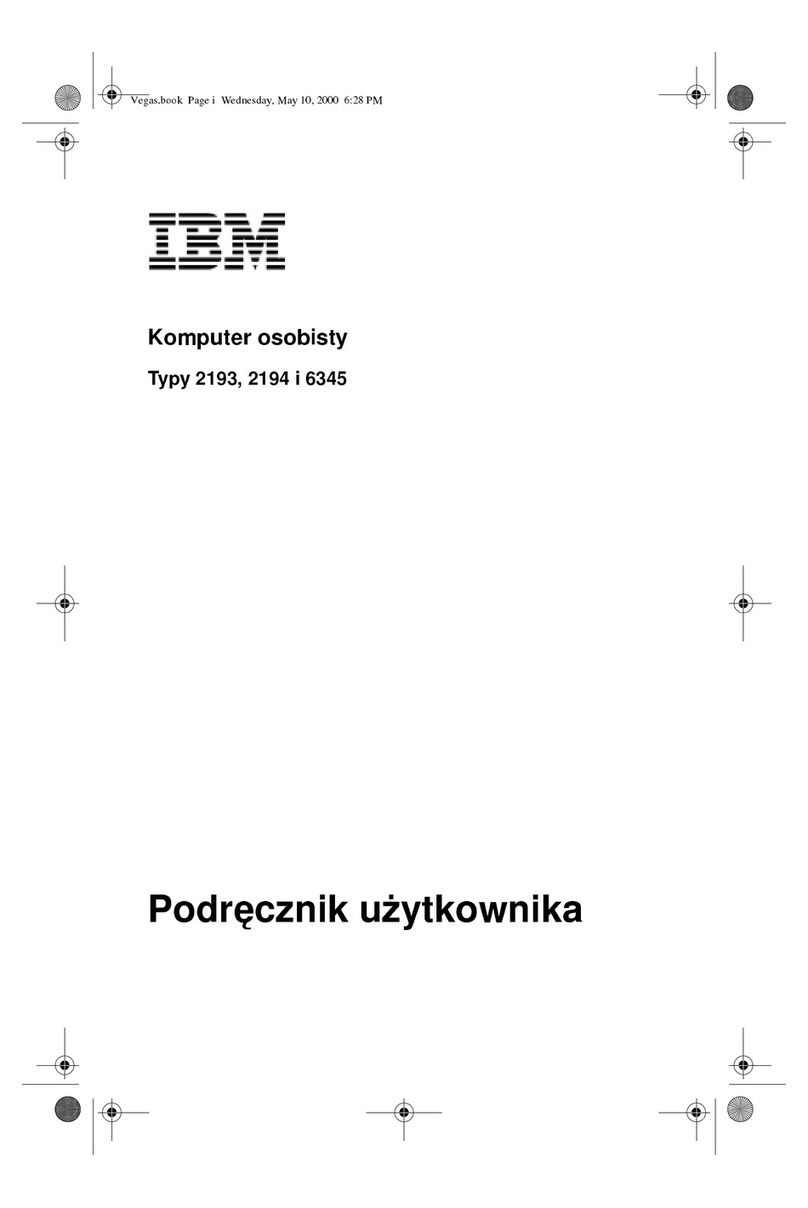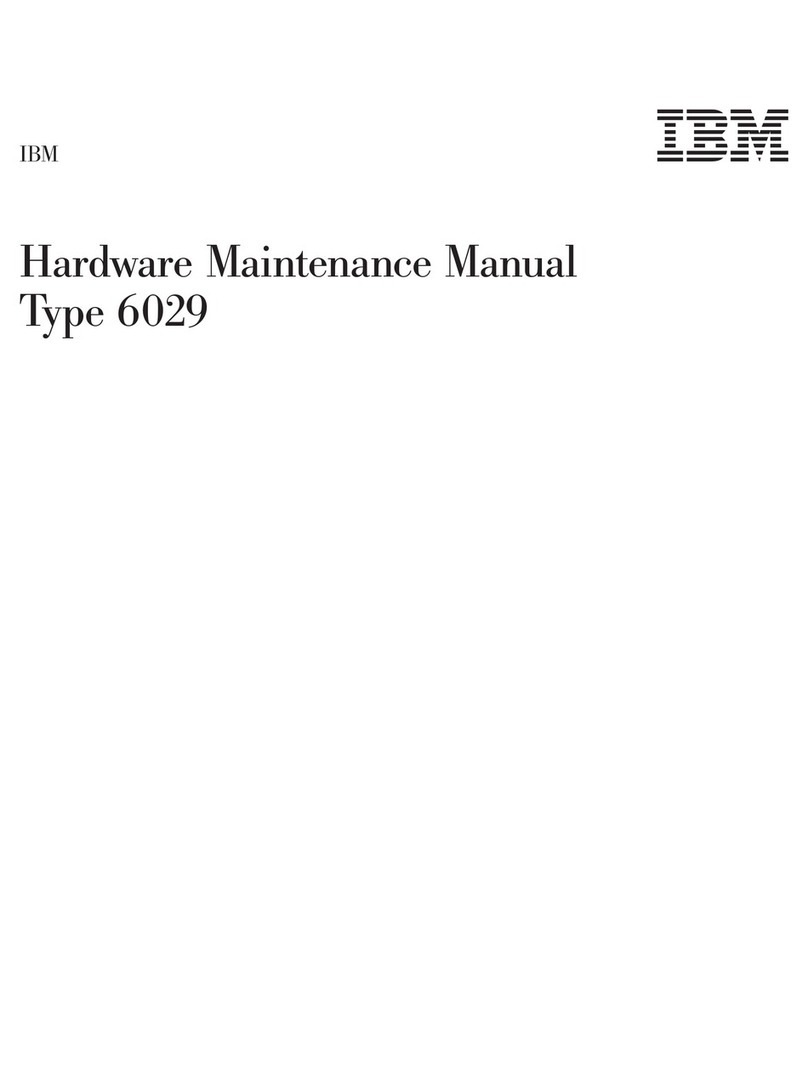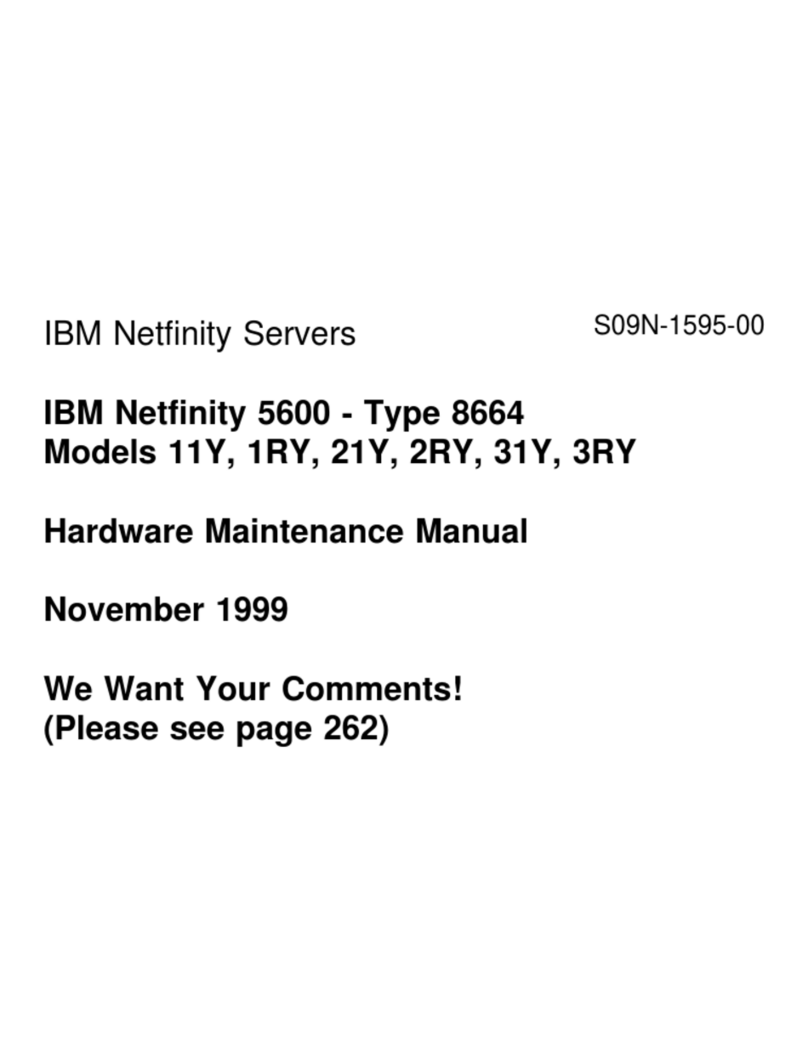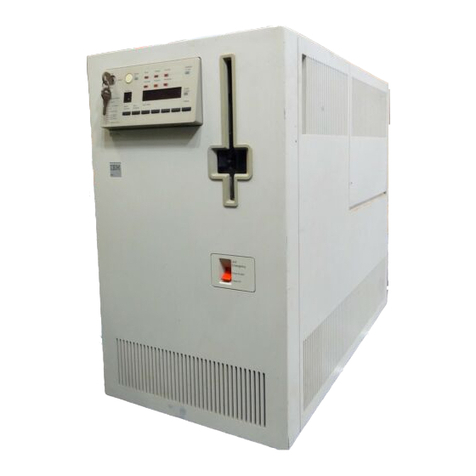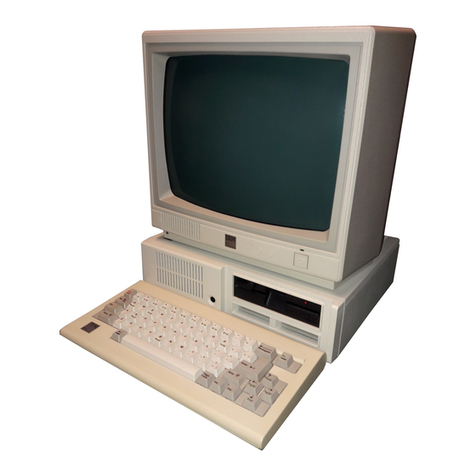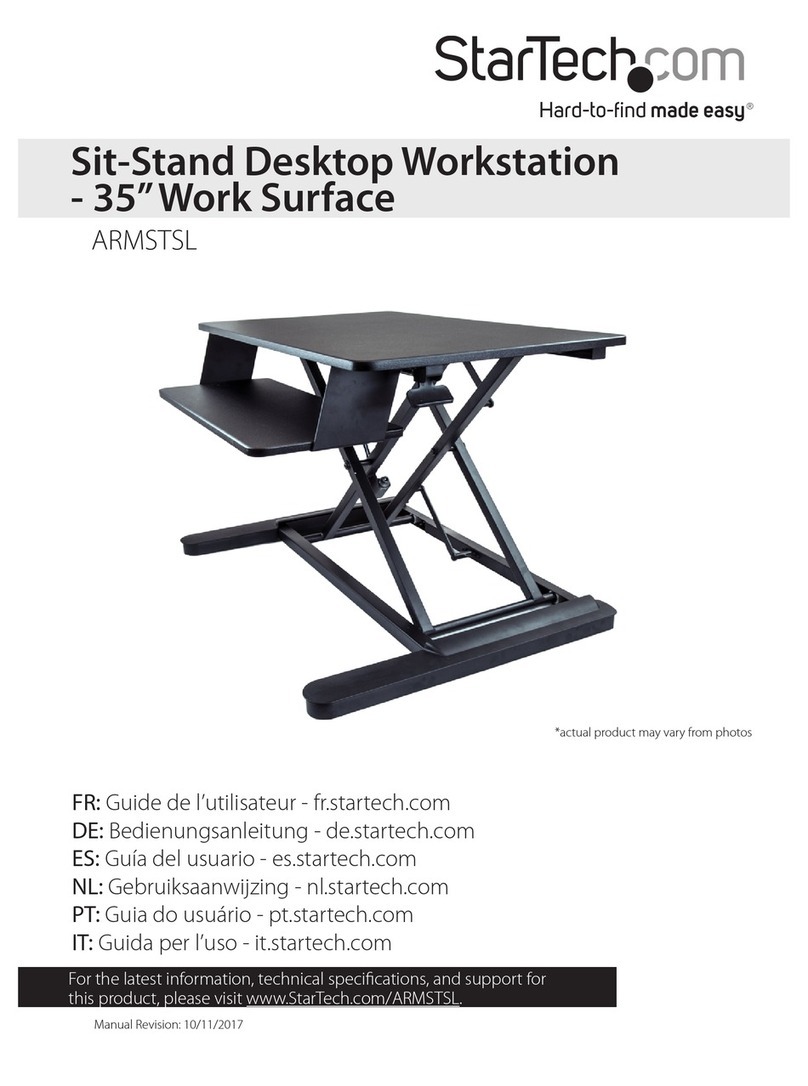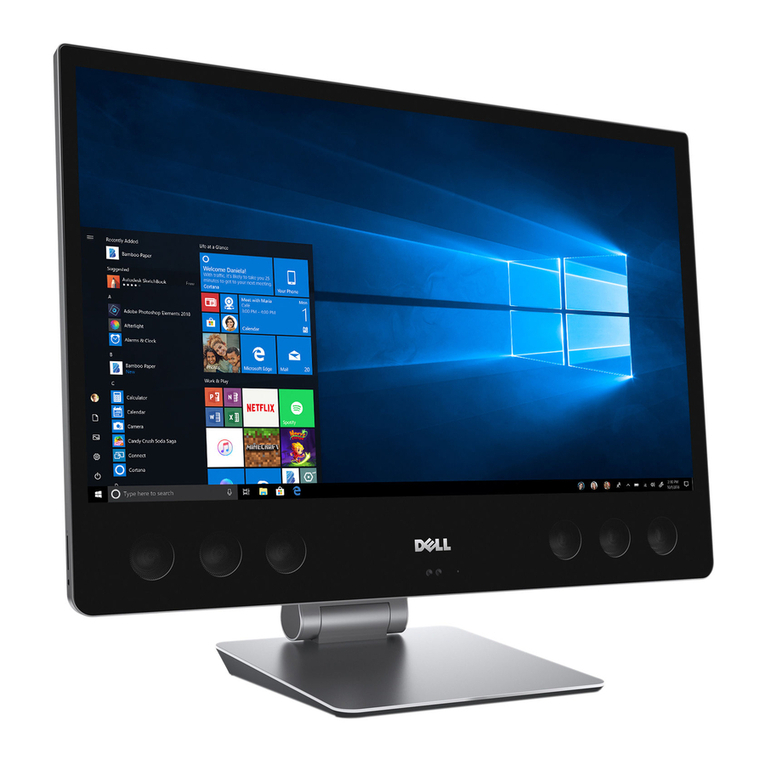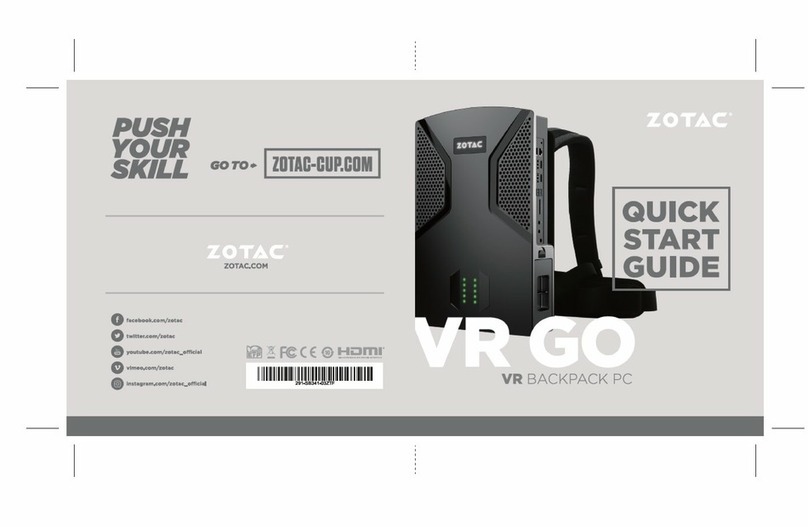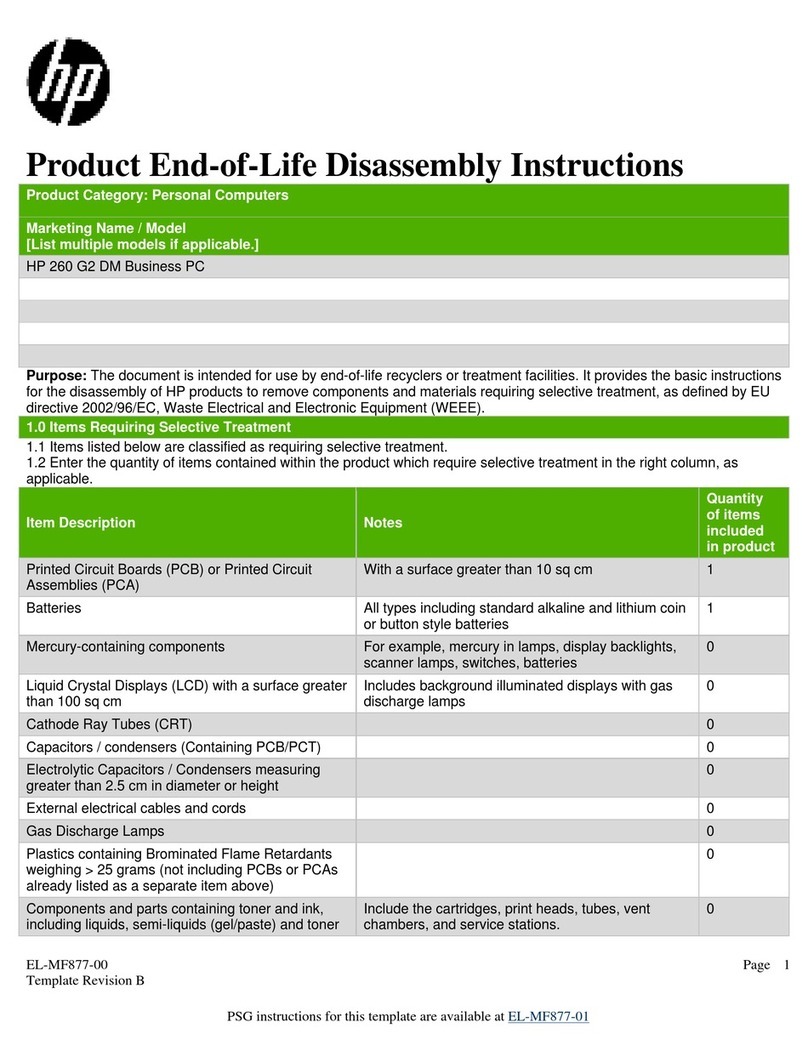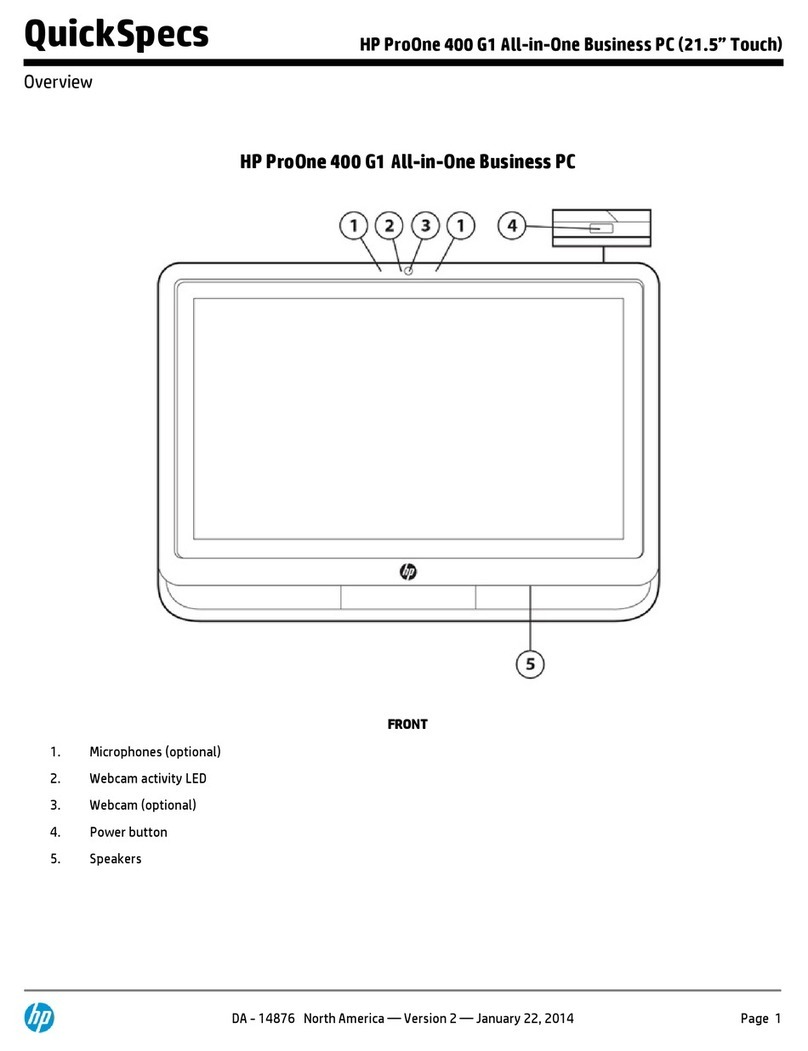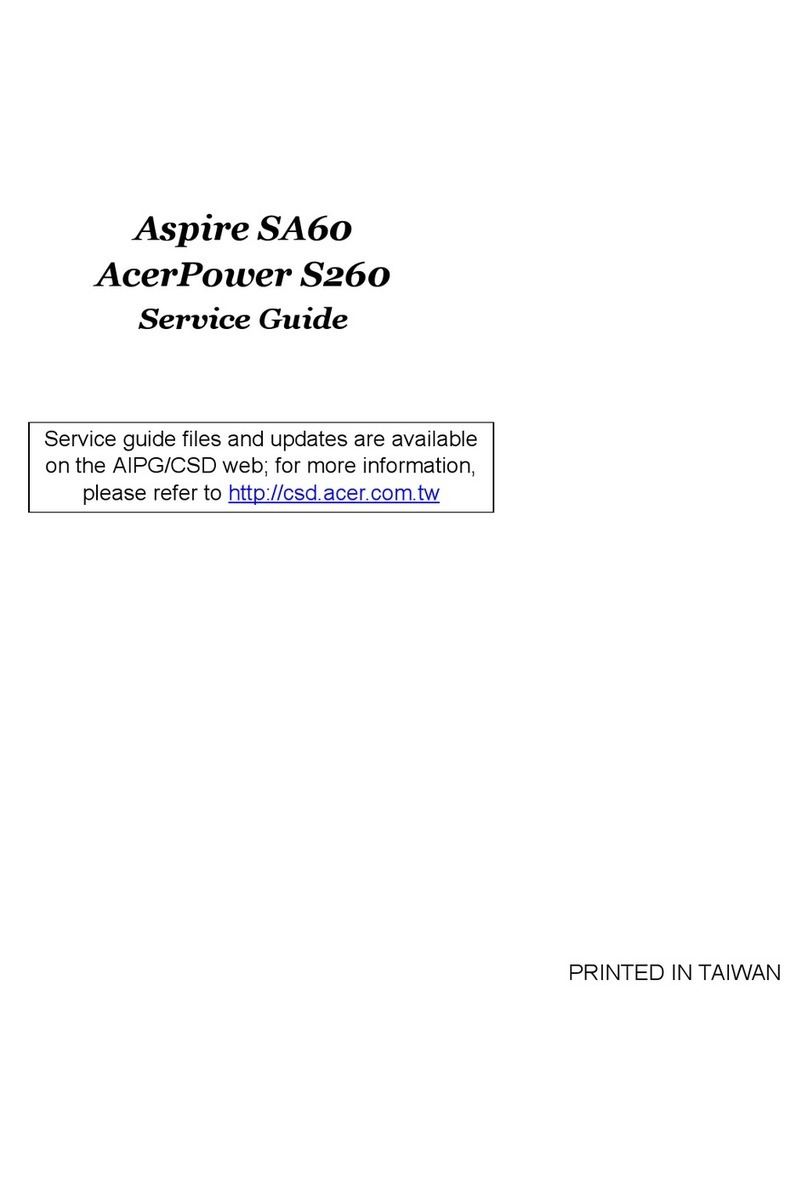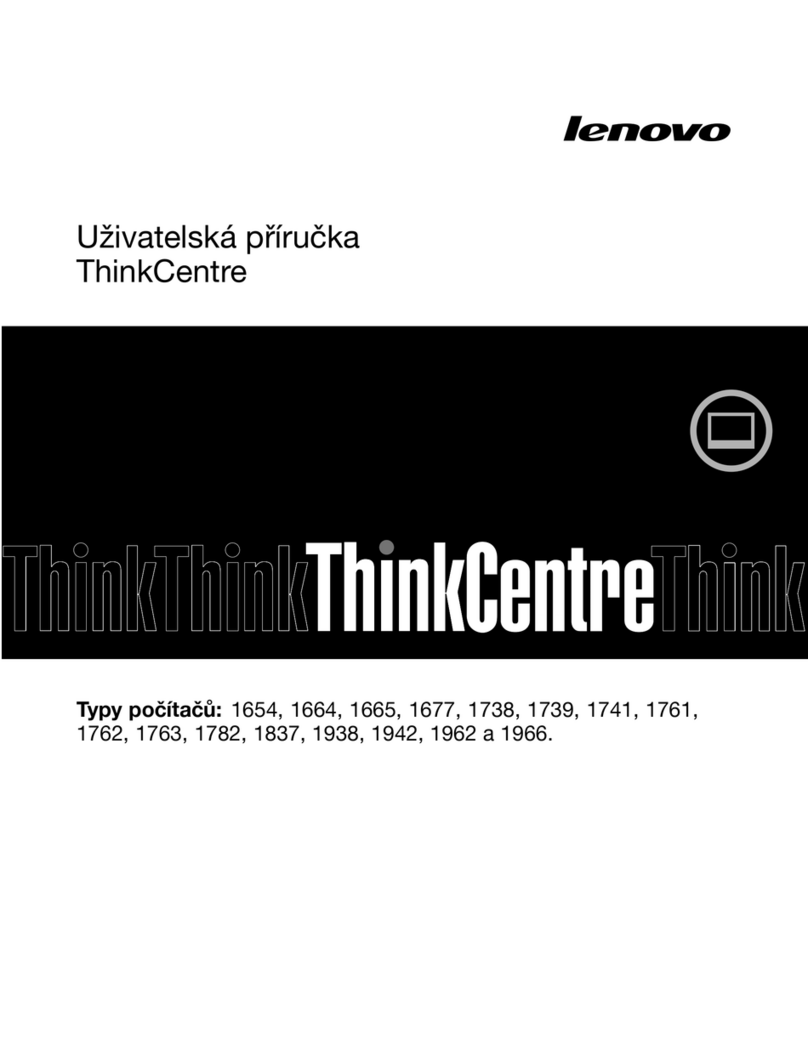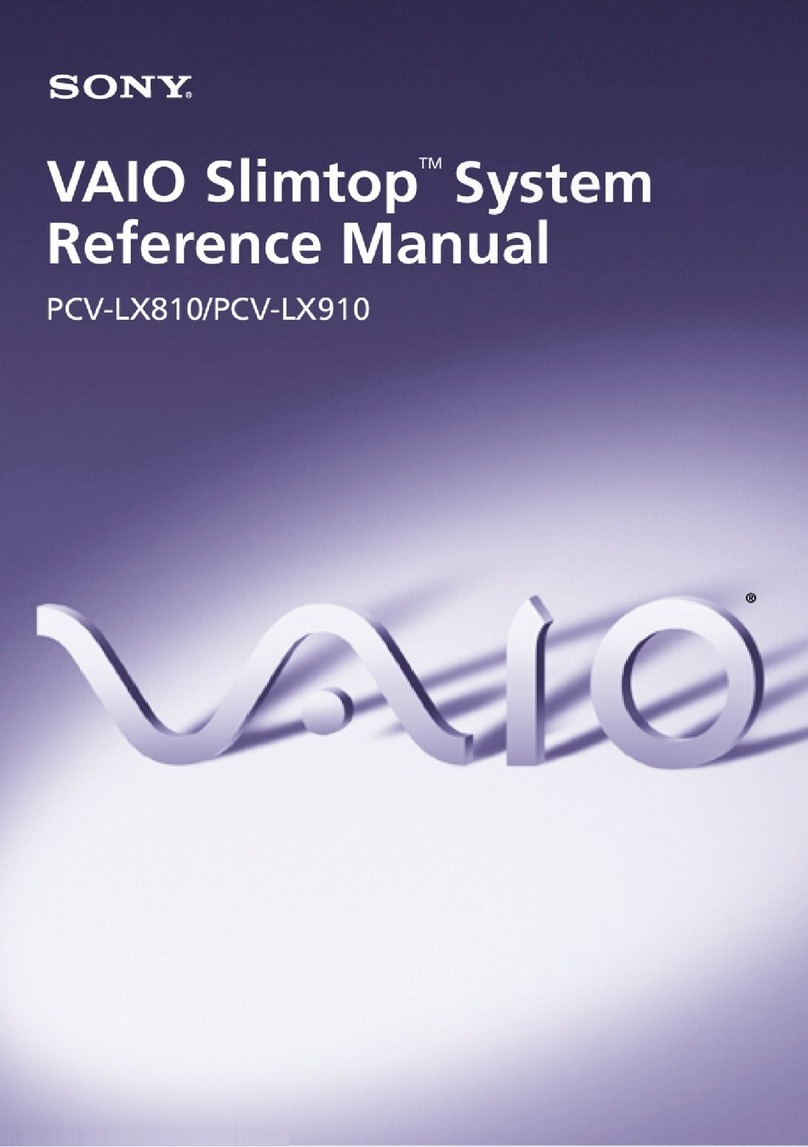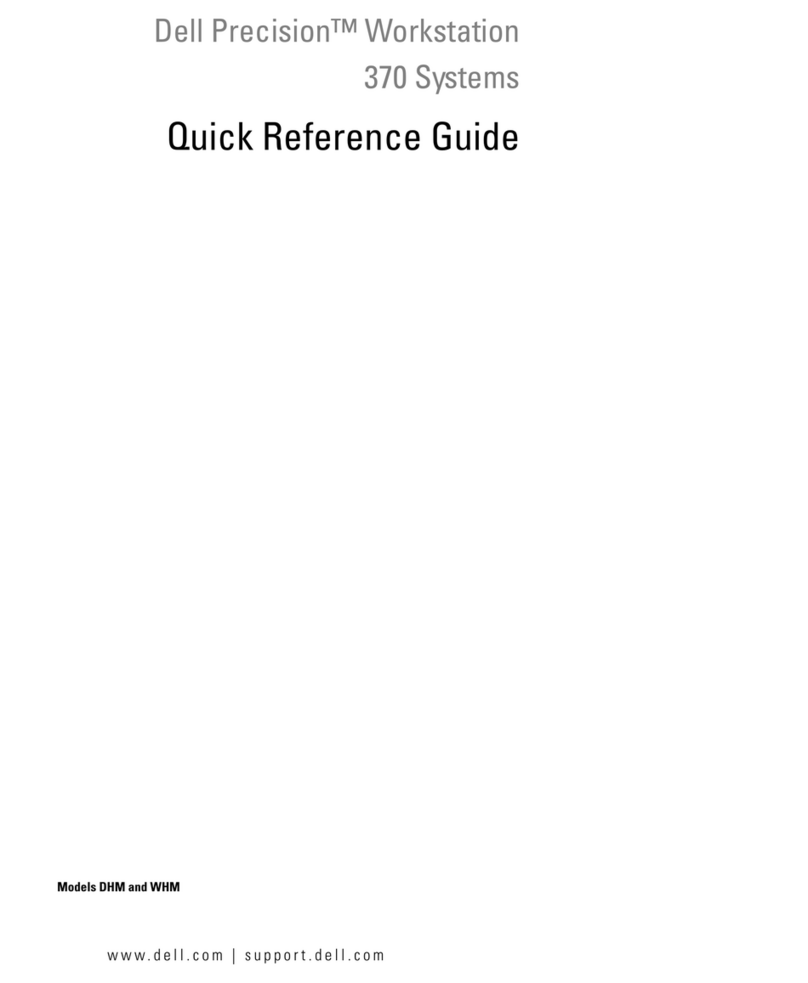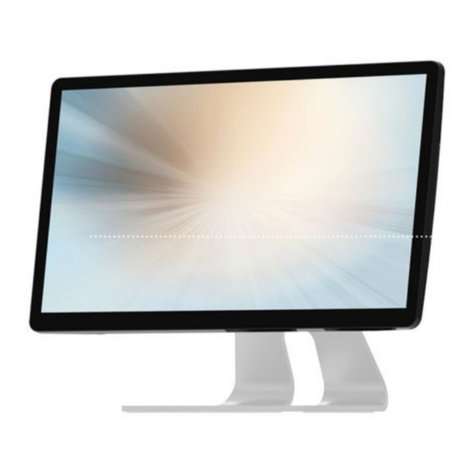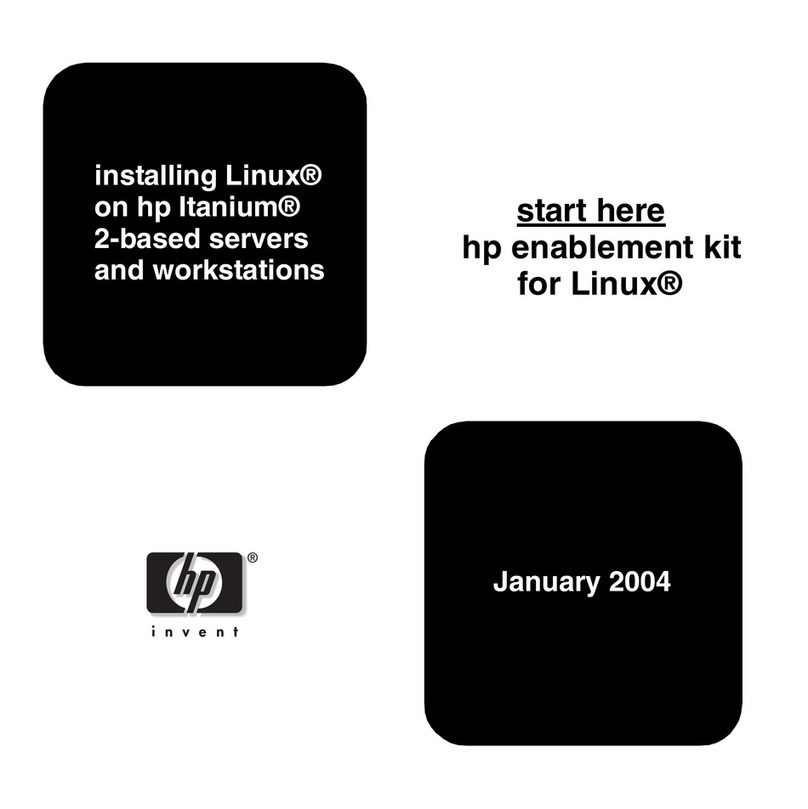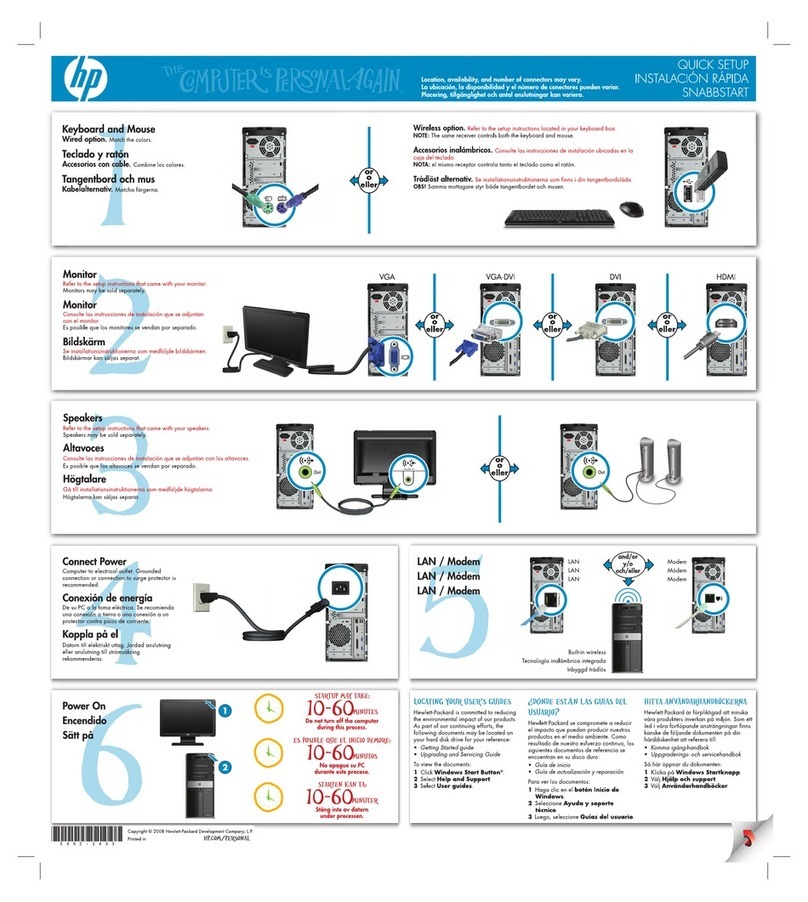
EACH
SECTION
of the control panels is assigned a number
under
which
the
hubs are briefly described. Shaded areas indicate
special features.
Process Control Panel (Figure 1)
1.
Program
Exits. These hubs emit an impulse whenever the
corresponding program exit occurs
in
an instruction.
The
impulse
is used to make tests on the control panel, and to transfer
program control to the first step
of
a new sequence
of
instructions.
When
one
of
these hubs emits, the program sequence is halted,
and
must
be restarted by impulsing program advance
or
by im-
pulsing
program entries.
When
Program Exit Split
is
installed, either the upper
or
lower exit hubs
of
a
group
will emit depending on which control
hub
was impulsed last.
2.
Dual
Access. These hubs provide control over the mode of
Dual
Access operation.
When
the C
(common)
hub is not wired
to the SEL (select) hub, the access arms operate
in
the automatic
sequence mode.
With
the C
hub
wired to the SEL hub, either the
o
(zero)
or
1 hub may be impulsed from a Program Exit, Cycle
Delay
or
any
other
impulse originating on the 305 panel, except
CI
(control
impulses),
and the
upper
hub
of
the Inquiry
ON
switch.
The
corresponding access
unit
will then accept all
J,
Record Advances, Skip-To-Record, and R instructions until the
other
access
unit
hub
is impulsed.
If·
the C
hub
is permanently
wired
to
either
access
unit
hub
(0
or
1)
the system will then
function
as
a single access system using this unit.
3.
DPIS
(Dual
Process
Interlock
Suspend).
When
the
PU
hub
of
DPIS
is impulsed by either system
in
Dual
System Control,
it
suspends the interlock
that
prevents reading
or
writing
a record
until the arm
of
the
other
system has moved from this same
address.
When
the
PU
hub
is impulsed on one process control
panel, it suspends the interlock for both systems; however, only
the system initiating the suspension can re-establish
the
interlock
by impulsing
the
DO hub.
If
PU
has been impulsed
on
both sys-
tems, the DO
hub
on both process control panels must be impulsed.
When
a system impulses
PU,
it
cannot write in the file; a write
instruction causes a file check. A light on the console
of
each
system indicates
when
the interlock is suspended for that system.
4.
ALC
(Automatic
Last
Card).
If
the ALC switch is
not
plugged
(when
the cards have
run
out
of
the card reader hopper,
and
the last card has passed the second reading
brushes),
the
card reader
will
stop.
The
operator may depress the Reader Start
key, and feed
the
last cards to the stacker.
Just
after the operator
depresses the Start key, the last card selector transfers.
If
the ALC switch is plugged, the card reader
will
feed cards
for one additional cycle before stopping.
During
this additional
cycle the last card selector transfers,
and
any last-card routines
that
have been programmed utilizing the last card selector can be
completed.
The
cards may then be fed into the stacker by depress-
ing
the
Reader Start key.
5.
Inquire.
The
pair
of
hubs marked
ON
form a switch that is
jackplugged if manual inquiries to the disk records are to be
allowed
during
processing.
The
IN-OUT
hubs form an interlock
that
is wired to allow the
console to take control
of
the access arm
at
a time
when
it
will
not
countermand the stored program instructions.
The
inquire
interlock is
wired
in
the program
at
a
point
where
the
access arm
Control Panel Summary
has completed its use
of
the record.
If
the arm is about to be
moved by the program, no harm will be done
if
the operator
moves the access arm to some other record to make an inquiry.
When
the record has been obtained
for
the operator, the stored
program resumes control and moves the arm to the next record
required.
A
program
exit
wired
into
the
IN
hub
emerges
immediately
from
the
OUT
hub
if
no
inquiry
has
been
set
up
at
the
con-
sole
or
is
delayed
if
an
inquiry
is
set
up.
The
impulse
from
the
OUT
hub
is
wired
to
initiate
the
next
program
step.
6.
ITI
(Inquiry-Type
Interlock).
The
typewriter may be used
to make inquiries to the disk records
as
described in item 5.
The
typewriter may also be used as a secondary
output
printer
by ad-
dressing the
output
record to Q track and impulsing
TYPE
on the
control panel (see item
33).
If
both
of
these uses occur in the
same program, the inquiry-type interlock must be jackplugged to
prevent an inquiry from taking place while the typewriter is under
program control.
7.
File
Interlock.
This interlock is provided so that
new
pro-
grams may be tested
without
changing the information
on
the
disks.
When
a program has been checked out, this switch is wired
to allow
the
disk records to be changed. All operations except
writing
on the disks may be performed
with
the interlock off.
A write operation
will
cause a file check.
8.
Accumulator
Sign. Each accumulator has an associated
selector that shows its sign. By using a program exit impulse, a
test may be made to determine
if
an accumulator is positive, stands
at zero,
or
is negative.
9.
Accumulator
Overflow.
Whenever
an accumulator over-
flows (tries to accumulate a number beyond its capacity), a
path
is established between each
IN
hub
and its YES hub.
These
paths
remain set
up
until
the
accumulator overflow selector is dropped
out
by impulsing DO. A normal
path
is established between the
IN
hub and the corresponding
NO
hubs
when
the selector is
dropped
out
or
when no overflow has occurred.
10.
Character
Selectors
..
The
character selectors provide a way
of
analyzing any character on a
drum
track.
The
position to be
analyzed is entered into this
unit
by an instruction
with
hyphen
(-99)
as
the
TO
address. Any character entered establishes test
paths between each
IN
hub
and the exit hubs corresponding to
the character entered.
Four
distinct
paths
are set
up
on the basic machine.
Three
of
the paths are arranged so that a test impulse entered into
the
IN
hub
emerges from
the
hubs corresponding to the
IBM
card code
of
the character being tested.
In
the fourth path, an impulse wired
into the
IN
hub
emerges from one
of
the 48 exit hubs representing
the
specific letters, numbers, and special characters
(including
blank).
The
test paths remain set up until another character is
addressed to the unit.
The
special feature X
no-X
and
0
no-O
bit
selectors provide
analysis
for
the presence
or
absence
of
these bits
in
the character
sent to the character selector.
11.
Blank
Transmission.
A 6
in
the tenth position
of
an
in-
struction causes
the
Blank Transmission selector to reset to a
NO
condition.
If
the information transferred
from
the core storage
during
the execution of the instruction is all zeros
or
blanks, the
selector
will
transfer to a YES condition and the
BLANK
light
on
the 380 Console will be
turned
on.
The
selector will remain trans-
ferred
and
the
light
will remain on until another instruction
with
a 6 is read.
REFERENCE
SUMMARY
11
